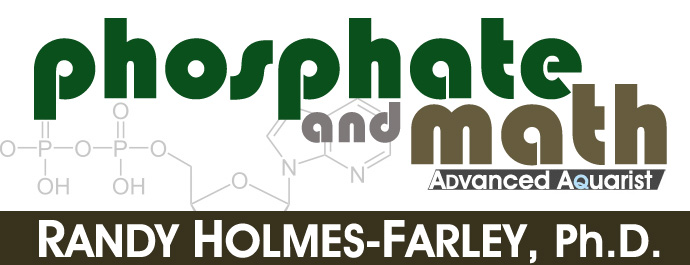Hello every one its long story but i will try to make it short
My tank is 200l mixed reef
No3 zero @Red Sea and salfert teat kit
Po4 used to be 0.04 to 0.06 with hanna ulr
Kh 8.4 with hanna
Ca 435
Mg 1380
From 4 days ago i came back home i see the corals is show some kind of stress and the colors are not the bright its going to be little brownish .. i tested my water and chocked the phosphate reading is 0.5 ppm and alkalinity 9.4 dkh .. i linked the po4 spike to activated carbon which is the last thing i added to the tank and yes it was it after i socked some in ro water and tested it came back with 2ppm! And i linked the kh spike to high po4 stressed the corals and stoped consuming my dosage i stoped the dosing and used lanthanum to get the po4 down to first day was down to 0.25 next day get it to 0.15 and dosed more sudden drop to zero
I prepared some water same day and changed 15 liter
Next day i lost my conffiti acropora !! It was showing stress when i changed water ..
My question is does kh really could be stopped to be consumed if po4 is high
Second how many days it will take to get my kh consumption back to normal
And if there is any thing i made incorrect let me know so next time i do not do it again i was going crazy fear to lose my pricy corals but looks like my actions was not that good
My tank is 200l mixed reef
No3 zero @Red Sea and salfert teat kit
Po4 used to be 0.04 to 0.06 with hanna ulr
Kh 8.4 with hanna
Ca 435
Mg 1380
From 4 days ago i came back home i see the corals is show some kind of stress and the colors are not the bright its going to be little brownish .. i tested my water and chocked the phosphate reading is 0.5 ppm and alkalinity 9.4 dkh .. i linked the po4 spike to activated carbon which is the last thing i added to the tank and yes it was it after i socked some in ro water and tested it came back with 2ppm! And i linked the kh spike to high po4 stressed the corals and stoped consuming my dosage i stoped the dosing and used lanthanum to get the po4 down to first day was down to 0.25 next day get it to 0.15 and dosed more sudden drop to zero
I prepared some water same day and changed 15 liter
Next day i lost my conffiti acropora !! It was showing stress when i changed water ..
My question is does kh really could be stopped to be consumed if po4 is high
Second how many days it will take to get my kh consumption back to normal
And if there is any thing i made incorrect let me know so next time i do not do it again i was going crazy fear to lose my pricy corals but looks like my actions was not that good

















